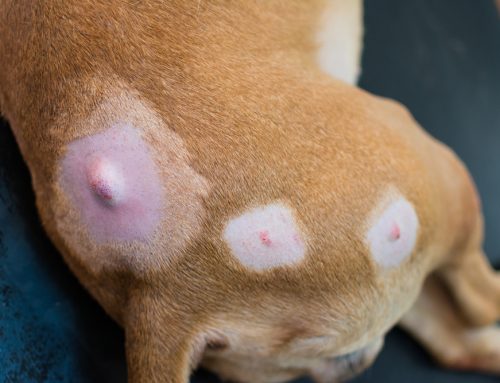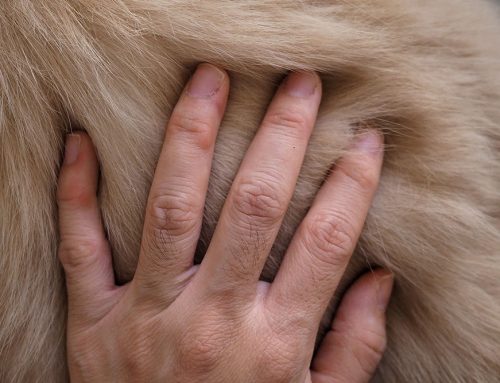Living in Guam means being prepared for various natural disasters. Pets are vulnerable during these situations, but a well-thought-out plan can ensure your four-legged friend’s safety and well-being. Our Guam Pet Hospital team provides a comprehensive guide to disaster preparedness for pets.
Understand your pet’s risk
Guam is prone to several types of natural disasters, such as:
- Typhoons — Typhoons are prevalent in Guam and most often hit from June to December. These powerful storms bring heavy rain, strong winds, and flooding. On average, one typhoon passes within 180 nautical miles of Guam each year.
- Earthquakes — Seismic activity can cause structural damage and tsunamis. Guam has experienced at least four earthquakes of magnitude 7.0 or greater since 1849.
- Tsunamis — Triggered by underwater earthquakes and volcanic eruptions, tsunamis can create waves more than 100 feet high and travel hundreds of miles per hour, leading to rapid and severe flooding. Luckily, these are extremely rare in Guam due to it’s underwater topography.
Prepare an emergency kit for your pet
Creating an emergency kit for your pet is essential. The kit should be easily accessible and contain:
- Food and water — Keep a two-week supply of pet food and water. Use airtight containers to keep food fresh.
- Medications — Have a two-week supply of any prescription medications your pet requires. You should also include flea, tick, and heartworm preventives.
- First aid kit — Assemble a pet first aid kit with basic supplies, such as bandages, antiseptics, tweezers, flashlight, latex gloves, saline solution, and antibiotic ointment.
- Identification — Include copies of your pet’s medical records, microchip information, and a current photo of your pet.
- Leashes and carriers — Ensure you have sturdy leashes, harnesses, and carriers to safely transport your pet and prevent escape.
- Comfort items — Include familiar items, such as toys, blankets, and bedding, to help reduce your pet’s stress and keep them calm.
- Sanitation supplies — Ensure you have a litter box and litter for cats, poop bags for dogs, and cleaning supplies.
Create a disaster plan for your pet
A clear plan can make a significant difference when a natural disaster occurs. Considerations include:
- Evacuation plan — Identify pet-friendly shelters, hotels, and boarding facilities in the area, and ensure you have reliable transportation to evacuate your pet. In addition, practice loading your pet in their carrier or your vehicle to minimize stress during a real emergency.
- Stay-in-place plan — Designate a safe room in your home where you and your pet can remain during the disaster. Ensure the room is away from windows and has minimal hazards.
- Emergency contacts — Keep a list of emergency contacts, including Guam Pet Hospital, local animal shelters, and friends or family who can help care for your pet during a disaster.
- Microchipping — Ensure your pet is microchipped and your contact information is up to date in the database, to increase your chances of a reunion if you get separated.
Plan for specific disasters that may affect your pet
Different disasters bring different challenges. Make a clear plan for each situation:
- Typhoons — Keep your pet indoors, away from windows, and in a safe room. Continuously monitor weather updates and follow local authorities’ instructions.
- Earthquakes — Move your pet to a safe area away from heavy furniture or glass to protect them during the shaking. Also, be aware of aftershocks and keep your pet in a secure area until the situation stabilizes.
- Tsunamis — If a tsunami warning is issued, evacuate immediately to higher ground with your pet, and do not return until authorities say it is safe.
Be alert to issues that can affect your pet after the disaster

Once the disaster has passed, take steps to ensure your pet is OK, including:
- Check your pet for injuries and provide first aid, if needed. Seek veterinary care for any serious issues.
- Monitor your pet for signs of stress and trauma and give them time to recover.
- Inspect your home and yard for hazards before allowing your pet to roam freely.
Preparing for disasters is a vital part of living in Guam, and your emergency plan must ensure your pet’s safety. Contact our Guam Pet Hospital team if you need help assembling a pet first aid kit or if you want your pet microchipped before typhoon season starts.








Leave A Comment